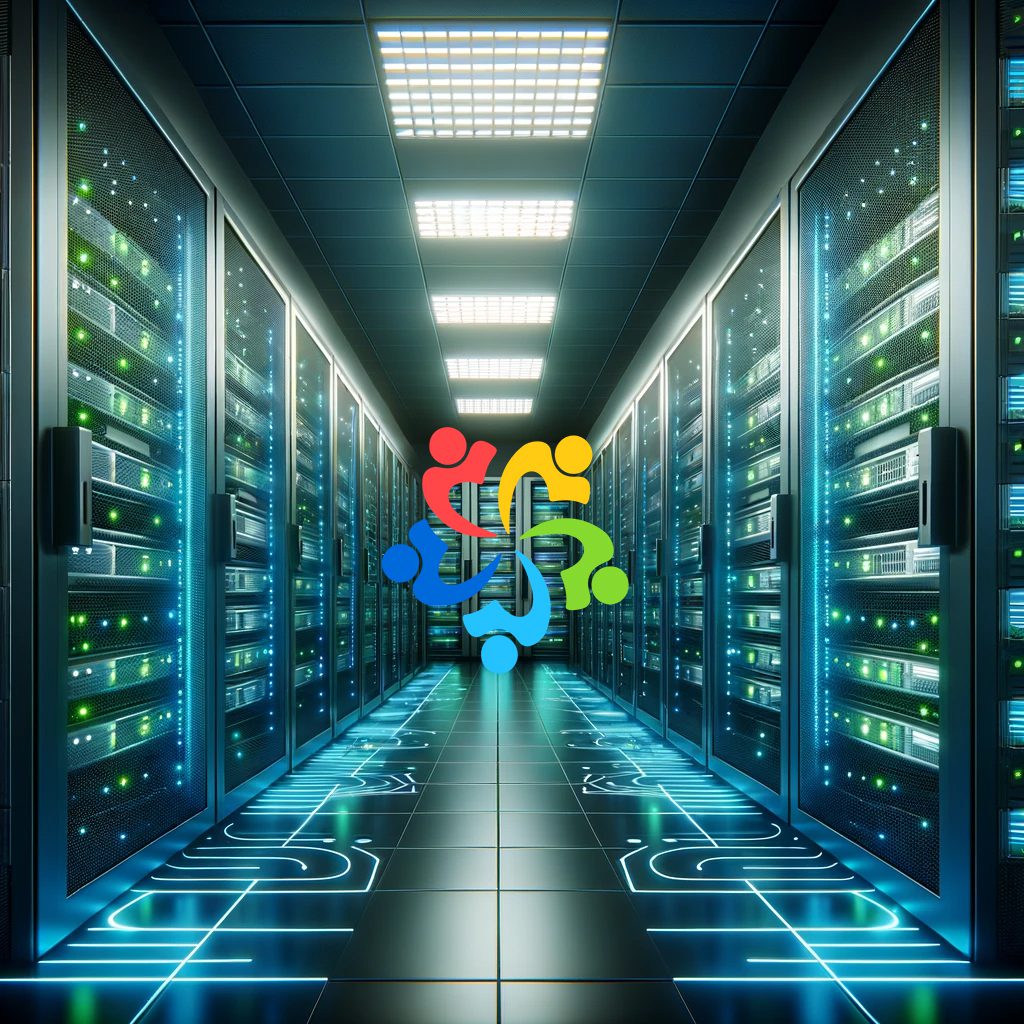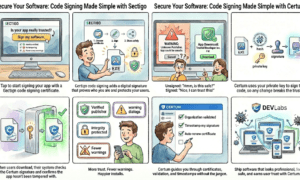The upcoming End of Life (EOL) of CentOS 7 in 2024 necessitates a strategic shift to a more contemporary and supported operating system. AlmaLinux 8 is increasingly becoming the go-to choice for this transition. This shift is crucial, especially considering the specific needs of UK dedicated server environments. AlmaLinux 8 offers a stable, secure, and efficient operating system, ideal for dedicated server deployments.
The Imperative to Upgrade
CentOS 7 EOL Implications: With CentOS 7 reaching its EOL, it will stop receiving vital updates and security patches, making systems vulnerable and potentially outdated. Transitioning to a more current system like AlmaLinux 8 is essential for maintaining security and operational efficiency.
AlmaLinux’s Role: AlmaLinux steps in as a suitable replacement for CentOS 7. It’s a 1:1 binary equivalent to RHEL, ensuring seamless compatibility and stability, which is particularly important for dedicated server environments.
Benefits of AlmaLinux 8 for Dedicated Servers
- Long-Term Support: Offering support until 2029 for its 8.x versions, AlmaLinux ensures a stable and secure platform, essential for dedicated server operations which require long-term reliability.
- Compatibility and Continuity: Being binary compatible with RHEL, AlmaLinux guarantees a smooth transition for services and applications from CentOS, minimizing disruptions in dedicated server environments.
- Community and Sponsorship: The robust community support and sponsorship, including significant backing from CloudLinux Inc., ensure that AlmaLinux is continually developed and maintained, crucial for the reliability of dedicated server infrastructures.
- Cost-Effectiveness: As a free, open-source platform, AlmaLinux is an economically viable option for dedicated server deployments, reducing overall operational costs.
- Ease of Migration: With tools like AlmaLinux-deploy and ELevate, the transition to AlmaLinux is streamlined, making it an efficient choice for dedicated servers that require minimal downtime during system upgrades.
Migration Process
- Compatibility Checks: Confirm that your dedicated server’s hardware and software are compatible with AlmaLinux 8.
- Data Backup: Back up all critical data to ensure no loss during the transition process, a step of paramount importance in dedicated server management.
- System Update: Update all CentOS 7 packages to their latest versions to facilitate a smoother upgrade to AlmaLinux.
- Install ELevate: Utilize the AlmaLinux-developed ELevate tool to manage repository and package upgrades efficiently.
- Execute the Upgrade: Perform the upgrade, ensuring stable power and internet connectivity, critical in dedicated server settings.
- Post-Upgrade Evaluation: After the upgrade, conduct thorough checks to ensure all applications and services perform optimally on the new AlmaLinux environment.
Conclusion
Migrating from CentOS 7 to AlmaLinux 8 is a strategic decision to sustain support, security, and performance. This transition is particularly relevant for dedicated servers, as seen in the UK dedicated server offerings for big business, where stability and long-term support are crucial. AlmaLinux 8 presents a viable, robust alternative to CentOS 7, ensuring a smooth transition for dedicated server infrastructures.
Migrating from CentOS 7 to AlmaLinux 8 is a strategic decision to sustain support, security, and performance. This transition is particularly relevant for dedicated servers, as seen in the UK dedicated server offerings for big business, where stability and long-term support are crucial. AlmaLinux 8 presents a viable, robust alternative to CentOS 7, ensuring a smooth transition for dedicated server infrastructures ensuring a smooth transition for dedicated server infrastructures





























